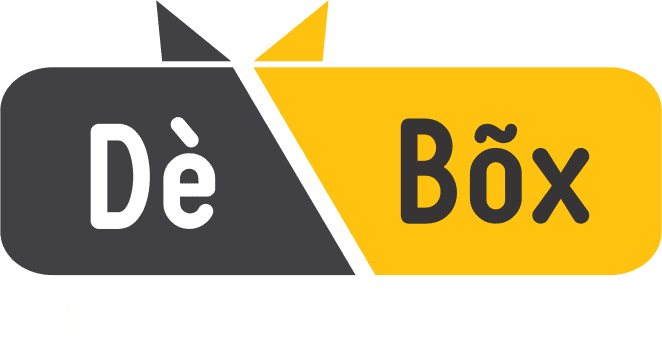
Competitive work environment and long term sustainable profitability require employees to be skilled in performing routine and complex tasks in an efficient, cost-effective, and in line with the organization's vision statement. Training is an organized activity involving the development of skills and knowledge in a specific set of competencies required as per the job description for a particular role. The actual training is preceded by training need analysis which identifies the areas of competencies to be focussed based on historical and current data available on organizations performance. It basically involves understanding the gap between the actual and the desired performance levels thus leading to identifying the competency specifics to be looked and focussed at. Training on such identified competencies would eventually serve to fill the knowledge and skill gap and elevate the actual performance to or even surpass the desired levels.
Training is beneficial to the employee as well as the employer. A well-trained employee will offer better productivity and efficiency. Training is an inherent part of HR policy for highly successful organizations across the globe. Training needs to be aligned at all the levels in an organization starting from non-managerial positions at the bottom of the pyramid and going up right to the top management. Training is both mandatory and statutory depending upon the tasks and the regulatory norms involved. Training needs are categorized as organizational, functional and soft skills. This document captures the training areas that are mostly coherent to any organizational setup.









